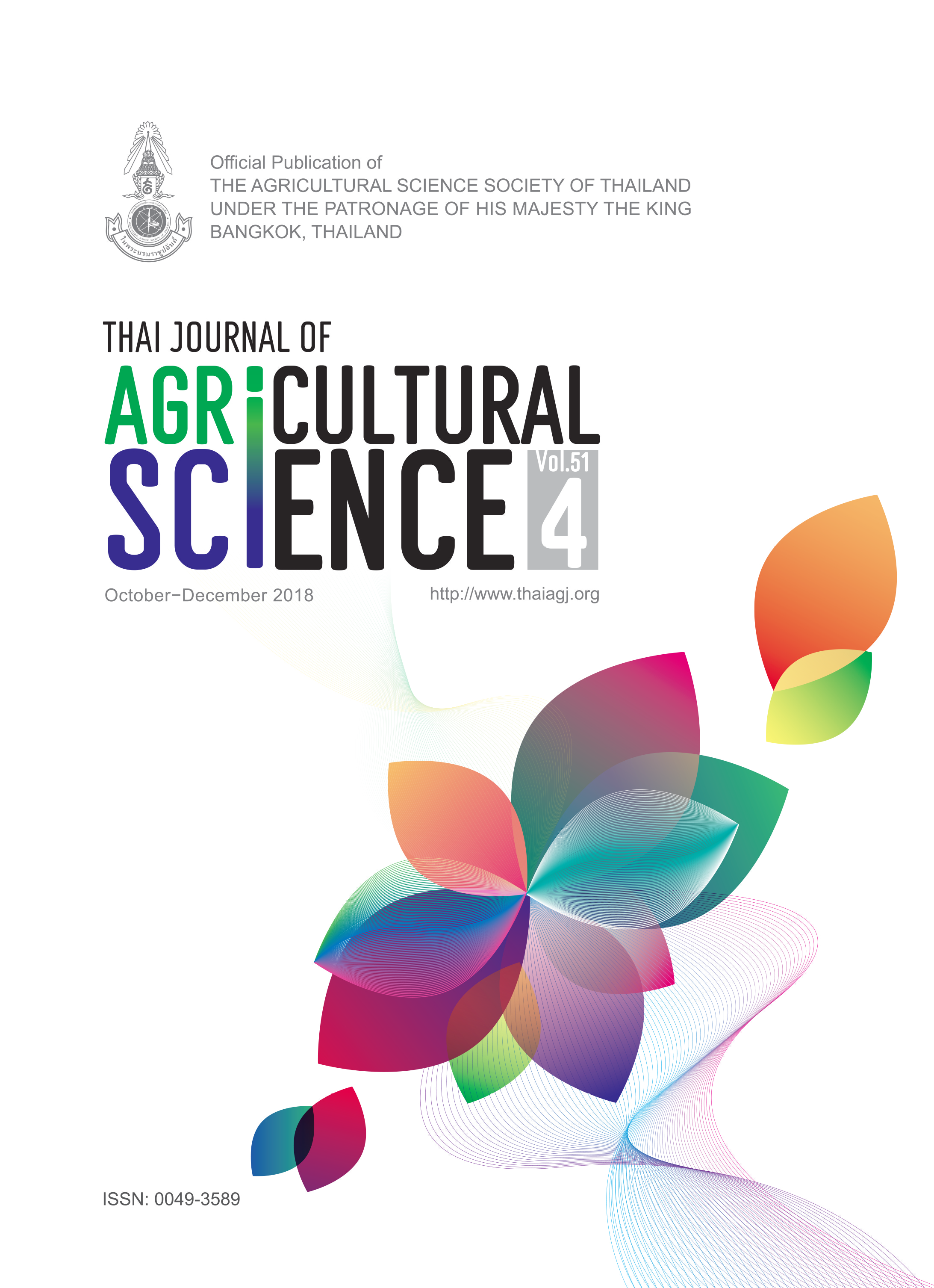Influence of Vermicompost and Harvest Time on some Characteristics of Hyssop (Hyssopus officinalis L.)
Main Article Content
Abstract
Hyssop (Hyssopus officinalis L.) is herbaceous perennial plants of Lamiaceae family grown in Europe, the Middle East, Asia, and Northern Africa. Field experiment was carried out during 2015/2016. The experimental design was laid out as factorial in randomized complete block design that five levels of fertilizer treatment (0, 5, 10, 15 ton ha-1 vermicompost and N 75 kg ha-1 source of urea and three harvesting time (pre-flowering, blooming and full flowering stages) were arranged in experimental plots. Results indicated that percentage of essential oil varied from 0.474 to 0.585 in different stage of plant growth. Vermicompost levels had a promoting influence on most of growth traits and accelerated essential oil accumulation. With enhancing levels of vermicompost essential oil content increased and use of vermicompost in high level (15 ton ha-1) produced the maximum (18.46 kg ha-1) essential oil yield. Similarly, the forth level of vermicompost (15 ton ha-1) had significantly effect on Chlorophyll, carotenoid, total flavonoids and anthocyanins. The greatest plant high, stem diameter, number of secondary and flowering branches as well as dry weight was gained for plant grown in high levels of vermicompost. Overall, we conclude that utilization of 15 ton ha-1 vermicompost and harvest Hyssop at full flowering stage is recommended for optimizing the content of essential oils and photosynthetic pigments and morphological characteristics in Hyssop.


